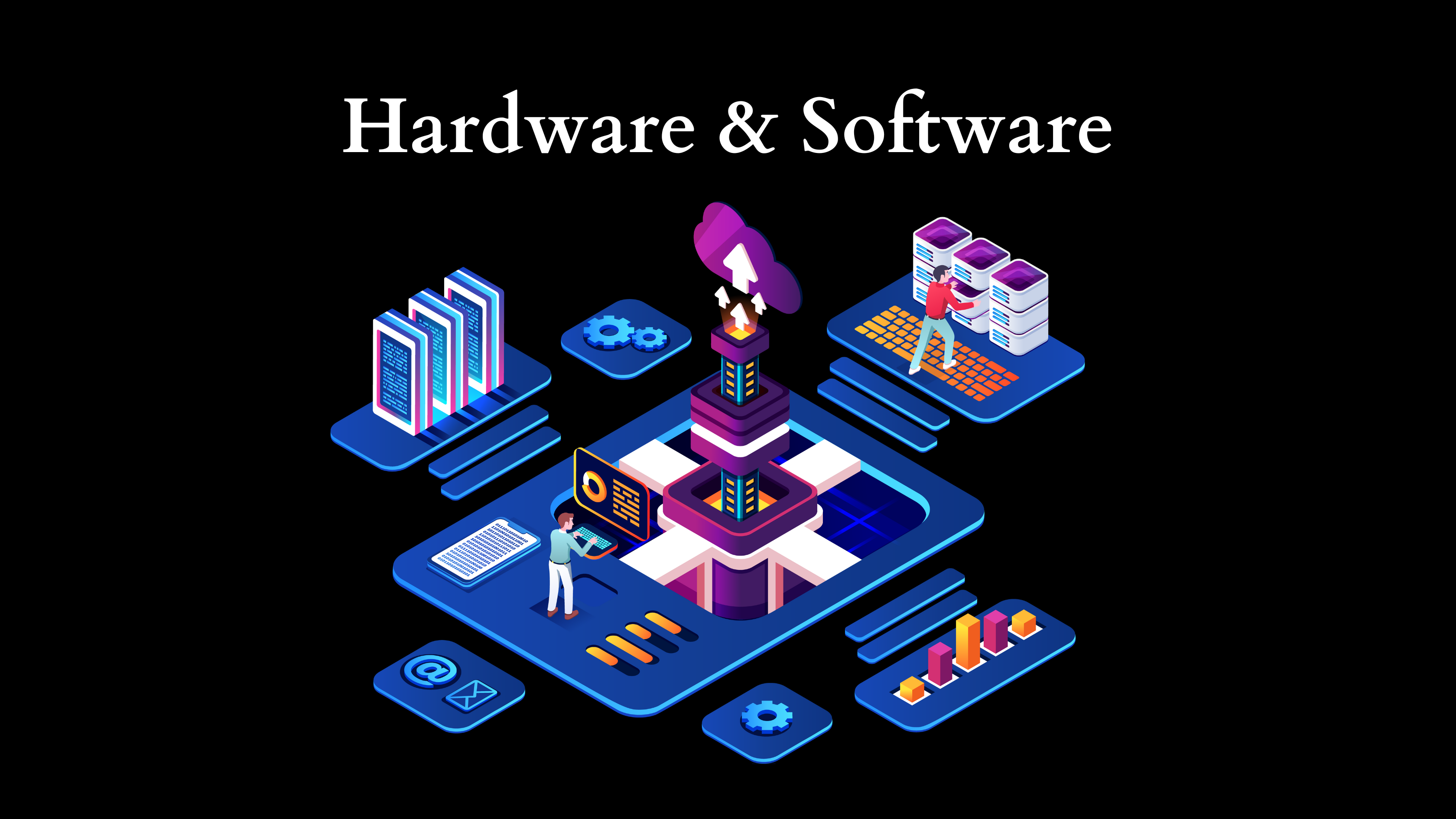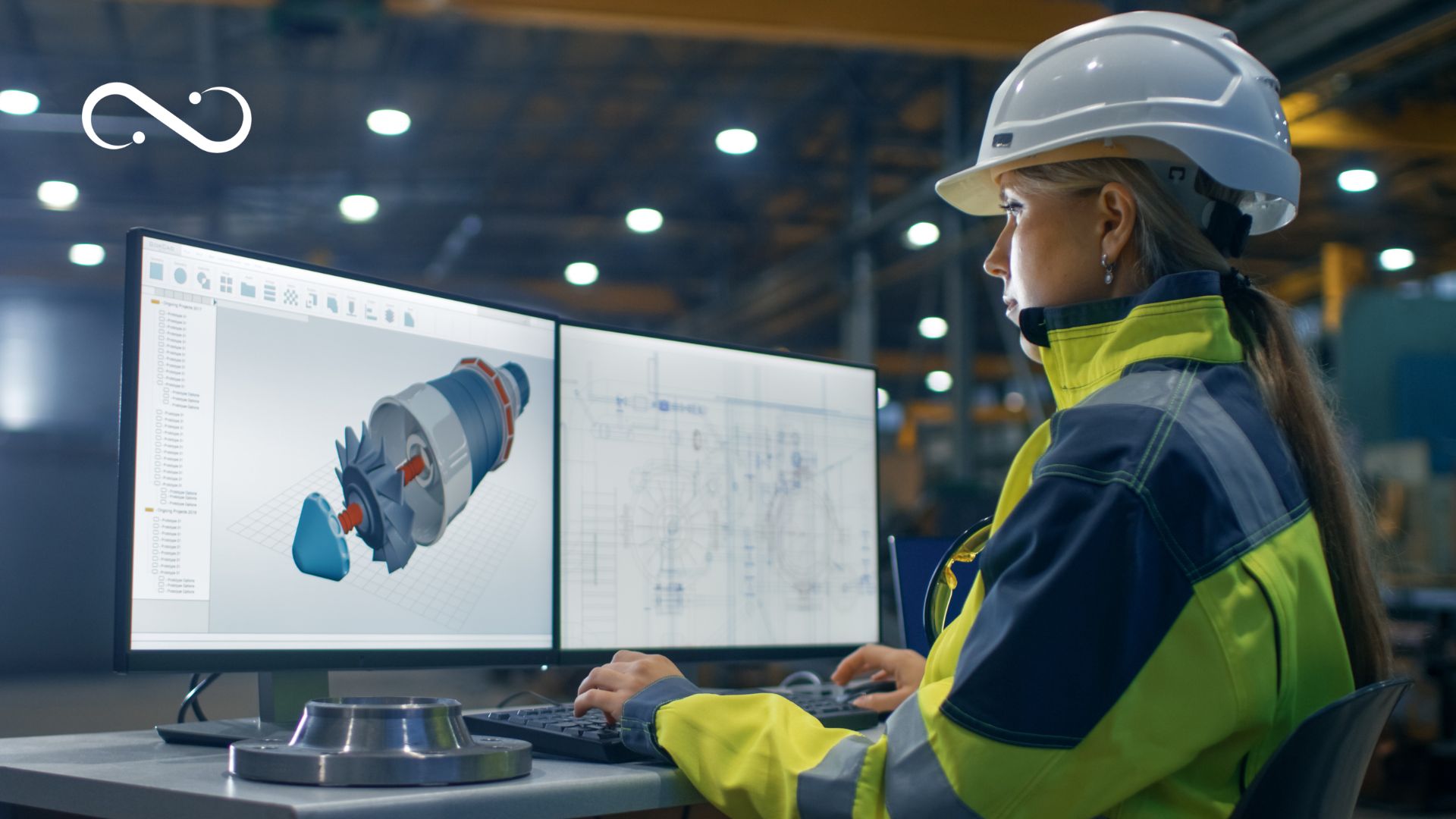The Interdependence of Hardware and Software: A Comprehensive Overview
In the rapidly evolving world of technology, hardware and software serve as the foundational pillars upon which all computing systems are built. Though distinct in their roles, the interplay between hardware and software is crucial to the functionality of electronic devices. Understanding this relationship not only aids in better product development and troubleshooting but also enriches our appreciation of the intricacies of modern technology.

Defining Hardware and Software
What is Hardware?
Hardware refers to the tangible physical components of a computer or electronic device. This includes everything from the central processing unit (CPU), memory modules (RAM), and storage devices (like hard drives or SSDs), to peripherals such as keyboards, mice, and monitors. Hardware can be broadly categorized into two types:
- Internal Hardware: These components are located inside the computer’s casing. This category includes the motherboard, CPU, RAM, power supply, and storage devices. Internal hardware is essential for the basic functions of a computer, as they provide the necessary environment for software to execute operations.
- External Hardware: These are the peripherals that enable interaction with the computer. Examples include printers, external hard drives, monitors, and input devices. External hardware typically connects to the computer via various interfaces like USB, HDMI, or Bluetooth.
What is Software?
Software, on the other hand, refers to the set of instructions and data that tell the hardware how to work. It is intangible and does not have a physical presence. Software can also be classified into two main categories:
- System Software: This includes the operating system (OS) and any utility programs that help manage computer resources. The OS, such as Windows, macOS, or Linux, acts as an intermediary between the user and the hardware, managing hardware resources and facilitating the execution of application software.
- Application Software: This encompasses all software designed for end users to perform specific tasks. Examples include word processors, web browsers, video games, and graphic design software. Application software relies on system software to function and interact with the hardware.
The Symbiotic Relationship Between Hardware and Software
The relationship between hardware and software is often described as symbiotic—each requires the other to operate effectively. The advancements in one area frequently drive innovations in the other.
Hardware Impacts Software Development
- Performance Limitations: The specifications of hardware, such as processing speed and memory capacity, influence the complexity and performance of software applications. For example, resource-heavy applications like 3D modeling software or video editing tools require the latest hardware with powerful CPUs and significant RAM to operate smoothly.
- New Possibilities: Conversely, newer hardware capabilities can inspire software developers to create applications that take advantage of these advancements. For instance, the rise of graphics processing units (GPUs) has opened up avenues for advanced gaming environments and complex simulations that were previously unattainable.
Software Shapes Hardware Design
- Optimized Hardware: Software requirements can dictate the design and manufacture of hardware. As applications demand more processing power or specialized functions, hardware manufacturers might create processors specifically optimized for these tasks. For instance, the development of application-specific integrated circuits (ASICs) has transformed industries like cryptocurrency mining, where performance efficiency is paramount.
- User Experience: The functionality provided by software can influence hardware design elements, leading to more user-friendly interfaces and ergonomic hardware designs. Touchscreen technology, for example, has advanced significantly due to the integration of software that recognizes gestures and touches, prompting hardware manufacturers to redesign devices accordingly.
The Role of Integration
The integration between hardware and software is facilitated through various channels, primarily through drivers, application programming interfaces (APIs), and standardized protocols.
Drivers
A driver is a specialized software component that translates the commands of the OS into instructions that can be understood by the hardware. For example, a printer driver allows the computer to communicate with the physical printer, enabling users to print documents effectively. Without the correct drivers installed, hardware devices would remain inoperative or dysfunctional.
APIs
APIs play a crucial role in software development by providing standardized methods for software applications to communicate with hardware components. This enables developers to create applications that can interact with various hardware without needing to understand the underlying architecture.
Protocols
Various protocols dictate how hardware and software interact within a system or across networks. For example, the TCP/IP protocol is fundamental for enabling devices to communicate over the internet, while USB protocols enable data transfer between computers and peripherals. Adherence to these standards ensures compatibility across diverse systems, fostering a cohesive technology ecosystem.
Challenges and Considerations
While the interdependence of hardware and software brings about numerous advancements, it also presents challenges.
- Compatibility Issues: With the rapid pace of technological advancement, ensuring compatibility between new hardware and older software can be problematic. Software developed for outdated hardware may not function on newer models without modification.
- Security Risks: The integration of hardware and software poses security risks; vulnerabilities in either can lead to exploits. For example, flaws in hardware design or software bugs can result in significant security breaches, emphasizing the need for ongoing testing and updates in both areas.
- User Accessibility: As technology becomes more sophisticated, the gap between user capabilities and the complexity of hardware and software can widen, making it essential for developers to prioritize user-friendly designs and interfaces.
Future Trends
As technology continues to evolve, the relationship between hardware and software will become ever more intricate. Some emerging trends are noteworthy:
- Artificial Intelligence (AI) and Machine Learning (ML): AI and ML applications are increasingly demanding specialized hardware, such as neural processing units (NPUs) and dedicated AI chipsets, to optimize performance. This symbiosis is likely to grow, leading to more advanced AI-driven applications.
- Internet of Things (IoT): The proliferation of IoT devices necessitates a seamless interface between hardware and a diverse array of software applications, requiring robust communication protocols and efficient integration methods.
- Quantum Computing: As we venture into the realm of quantum computing, the integration of hardware and software will face new challenges and opportunities, requiring entirely new frameworks and software paradigms to unlock the potential of quantum systems.
Conclusion
In summary, the relationship between hardware and software is foundational to the functioning of modern technology. Their interdependence drives innovation and efficiency, shaping the evolution of devices and applications that enhance our lives. As we continue to advance into more complex technological landscapes, fostering a deeper understanding of this symbiotic relationship will be critical for developers, manufacturers, and users alike. By embracing both hardware and software advancements, we can pave the way for an increasingly interconnected and intelligent future.
Shop Now






